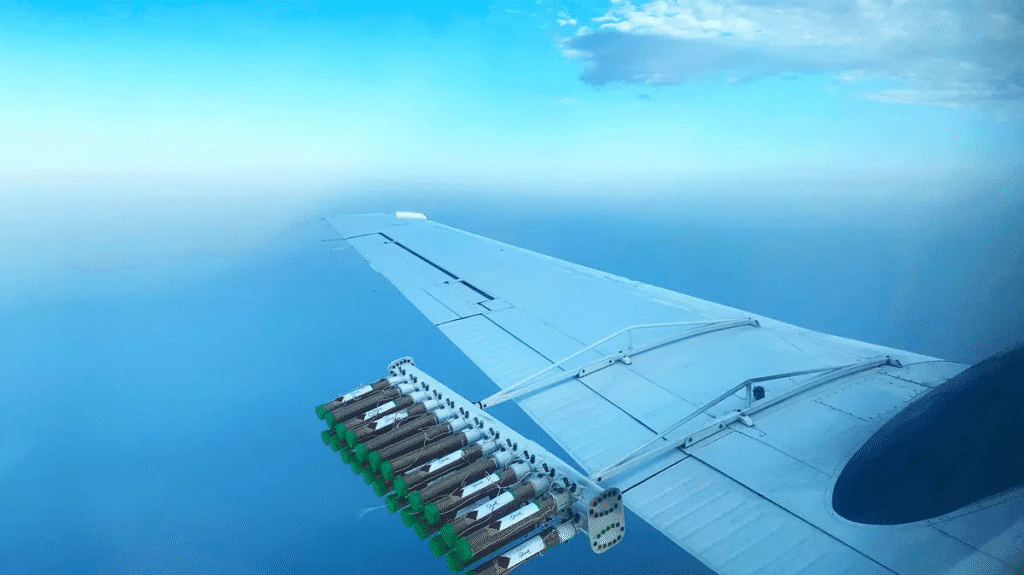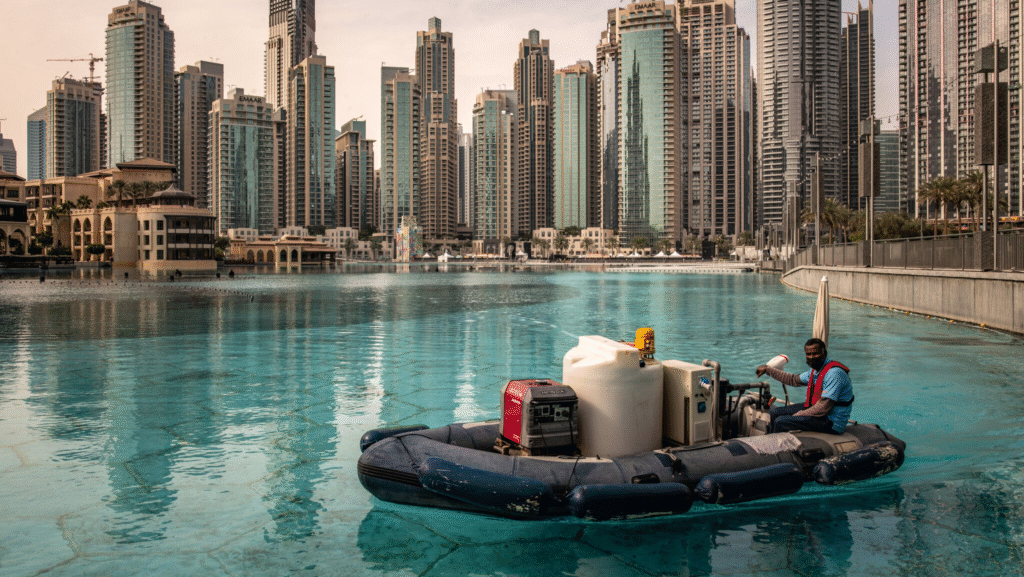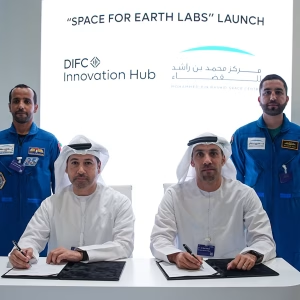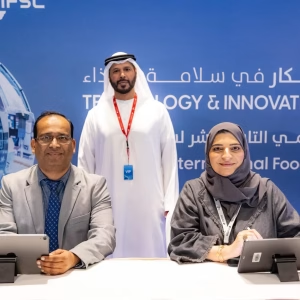The United Arab Emirates (UAE), a country known for its sun‑drenched deserts and minimal rainfall, is increasingly turning to cloud‑seeding technology as part of a major push to secure its water future. With annual rainfall measuring less than 100 mm in many parts of the UAE, and natural groundwater recharge extremely limited, the country has embarked on an ambitious adaptation strategy.
At the heart of this strategy lies the national rain‑enhancement programme run by the National Centre of Meteorology (NCM) together with the UAE Research Programme for Rain Enhancement Science (UAEREP). The programme mobilises specially equipped aircraft, trained pilots, weather radars, and new technologies to boost rainfall by targeting “seedable” convective clouds with hygroscopic flares particles like potassium chloride that promote raindrop formation.
Why cloud‑seeding now?
The UAE’s heavy reliance on groundwater and expensive desalination plants is increasingly strained by climate change, growing demand, and the need for sustainability. Desalination is costly and energy‑intensive, whereas cloud‑seeding offers a potentially cheaper supplementary source of water. In this sense, the shift is less about making rain from nothing, and more about squeezing every drop from the clouds that form in the UAE’s skies.

In recent years, the programme has expanded significantly. It now includes multiple pilots and aircraft operating hundreds of flight hours annually, backed by millions of dollars in research funding. A recent study found an average rainfall increase of around 23 % over seeded clouds in the UAE, while estimates of additional “harvestable” water from the programme range from 84 million to 419 million cubic meters per year.
How it works in practice

The process begins with weather radars identifying convective clouds that meet certain criteria strong updrafts, sufficient water mass, and favourable atmospheric conditions. A plane then flies into the lower part of the cloud and releases salt‑based flares into the cloud base. These particles act as condensation nuclei, helping water vapour condense into droplets that grow and fall as rain. Under ideal conditions, rain may begin within about 15 minutes once the flare is released.

According to the NCM, in 2025 alone the UAE carried out dozens of missions: by July it had completed 185 cloud‑seeding flights, including 39 in that month alone. The cost per flight hour is around US $8,000, which when compared to the cost of desalinated water, presents a more favourable cost‑per‑cubic‑metre metric in many cases.
Benefits and limitations
The cloud‑seeding programme offers clear advantages: it draws from a resource (the sky) rather than depleting already stressed aquifers or relying solely on energy‑intensive desalination. It also signals the UAE’s readiness to deploy innovative, high‑tech responses to climate‑driven water challenges precisely the kind of adaptation mindset required in arid regions around the world.
That said, the approach has its limitations and critics. Measuring the exact increase in water yield from cloud‑seeding remains difficult; weather systems are variable, and attributing extra rain directly to seeding is complex. Some scientists caution that the returns are modest and the method is not a substitute for broader water‑management reforms.
There are also concerns about potential environmental impacts and the ethical or legal implications of weather‑modification technologies. For instance, in 2024 a major storm hit the UAE, and while some speculated whether cloud‑seeding played a role, meteorologists ruled it out and attributed the deluge to climate change and urban development rather than seeding operations.
From pilot projects to global sharing
The UAE is not only implementing cloud‑seeding domestically but is positioning itself as a global hub for rain‑enhancement research. Through UAEREP, the country awards grants of up to US $1.5 million (over three years) to scientific teams around the world working on innovations such as nano‑materials, drone‑based seeding, and AI‑driven cloud‑targeting algorithms.
AI and machine‑learning techniques are increasingly integrated to help improve the identification of seedable clouds and optimise mission timing a promising way to increase effectiveness while managing cost and risk.
Looking ahead: water security in an arid world

For the UAE, cloud‑seeding is part of a broader shift in thinking: from counting solely on traditional water sources to embracing innovation, adaptation and collaboration. Already, initiatives such as water‑reuse, desalination, rain enhancement and demand‑management sit alongside each other in a diversified “water portfolio”.
However, experts emphasise that cloud‑seeding cannot be viewed as a silver bullet. It must be combined with solid water‑management practices: reducing wastage, increasing reuse, investing in infrastructure, and adapting urban design to better capture and retain rainfall when it does fall.
Ultimately, the UAE’s investment in cloud‑seeding reflects a larger global reality: arid countries will need to deploy every tool available technological, scientific and policy‑based to secure water for future generations. The gamble is that by making the skies part of the strategy, the UAE can turn one of its greatest constraints its desert climate into a managed asset.
Do follow UAE Stories on Instagram
Read More:- UAE Renewable Energy: Leading the World in Sustainability















